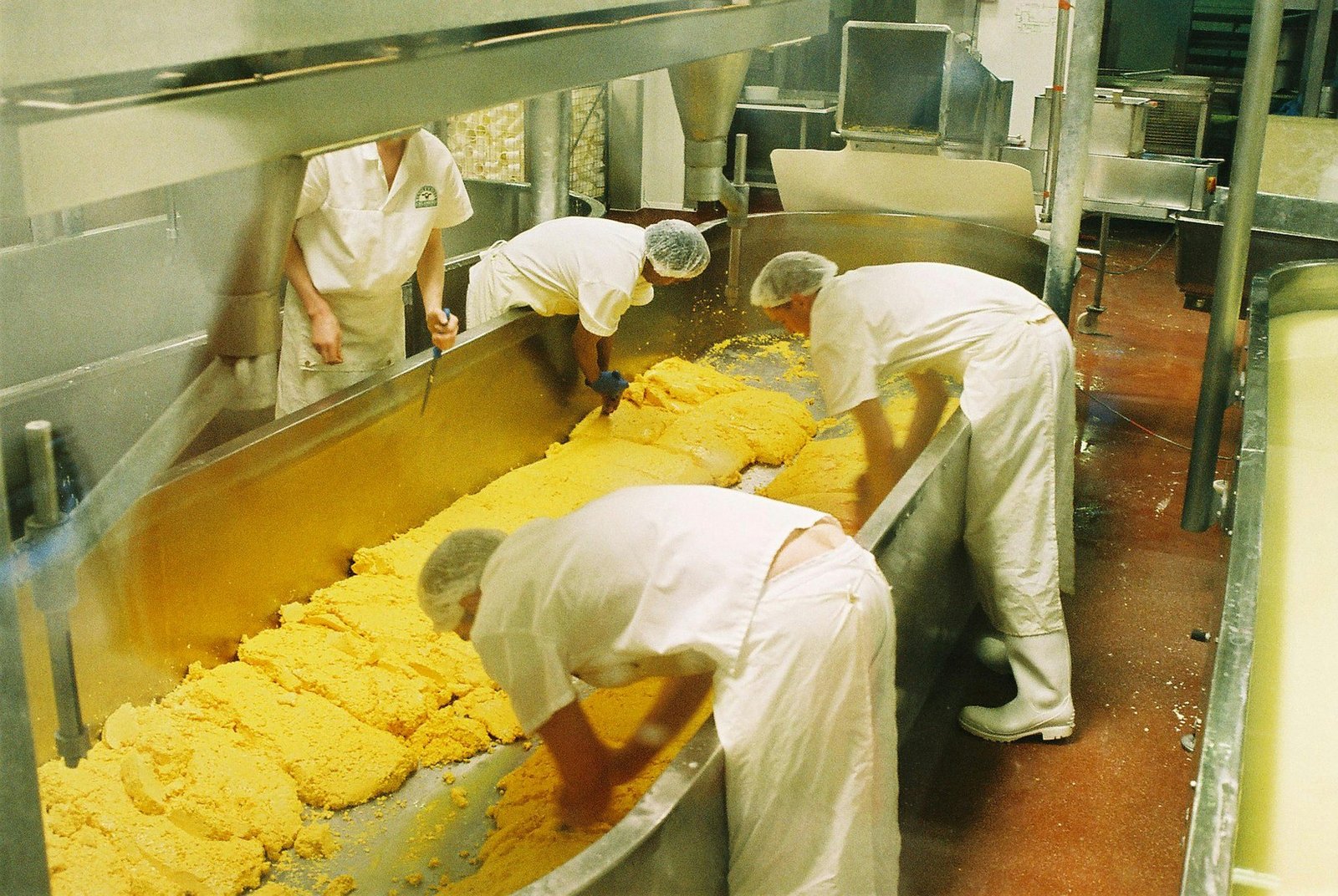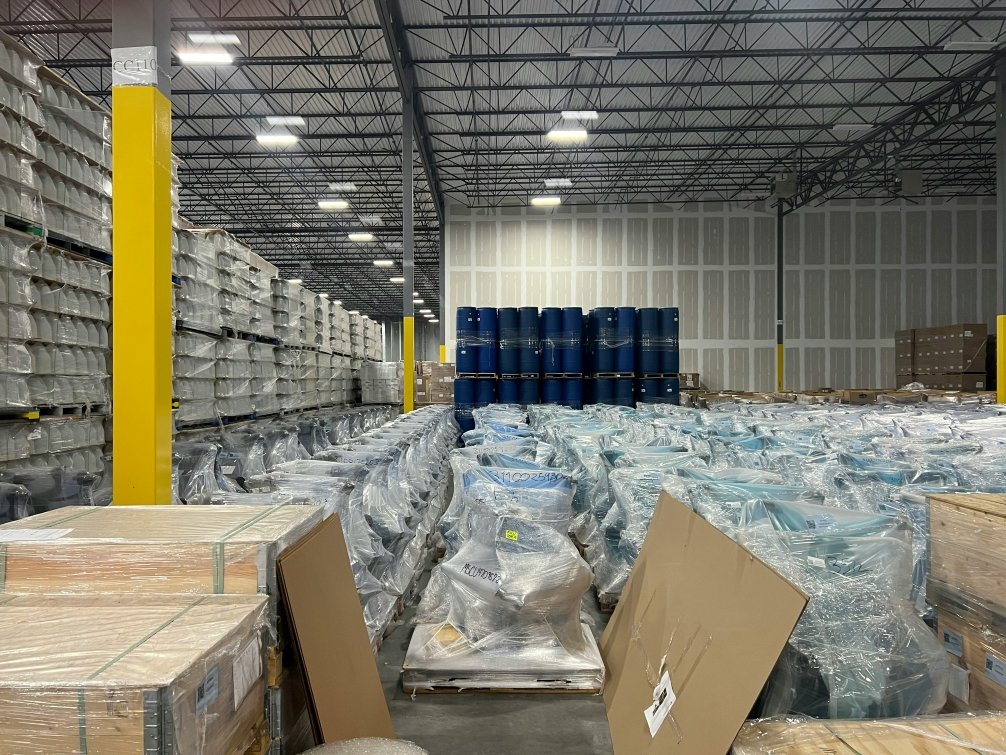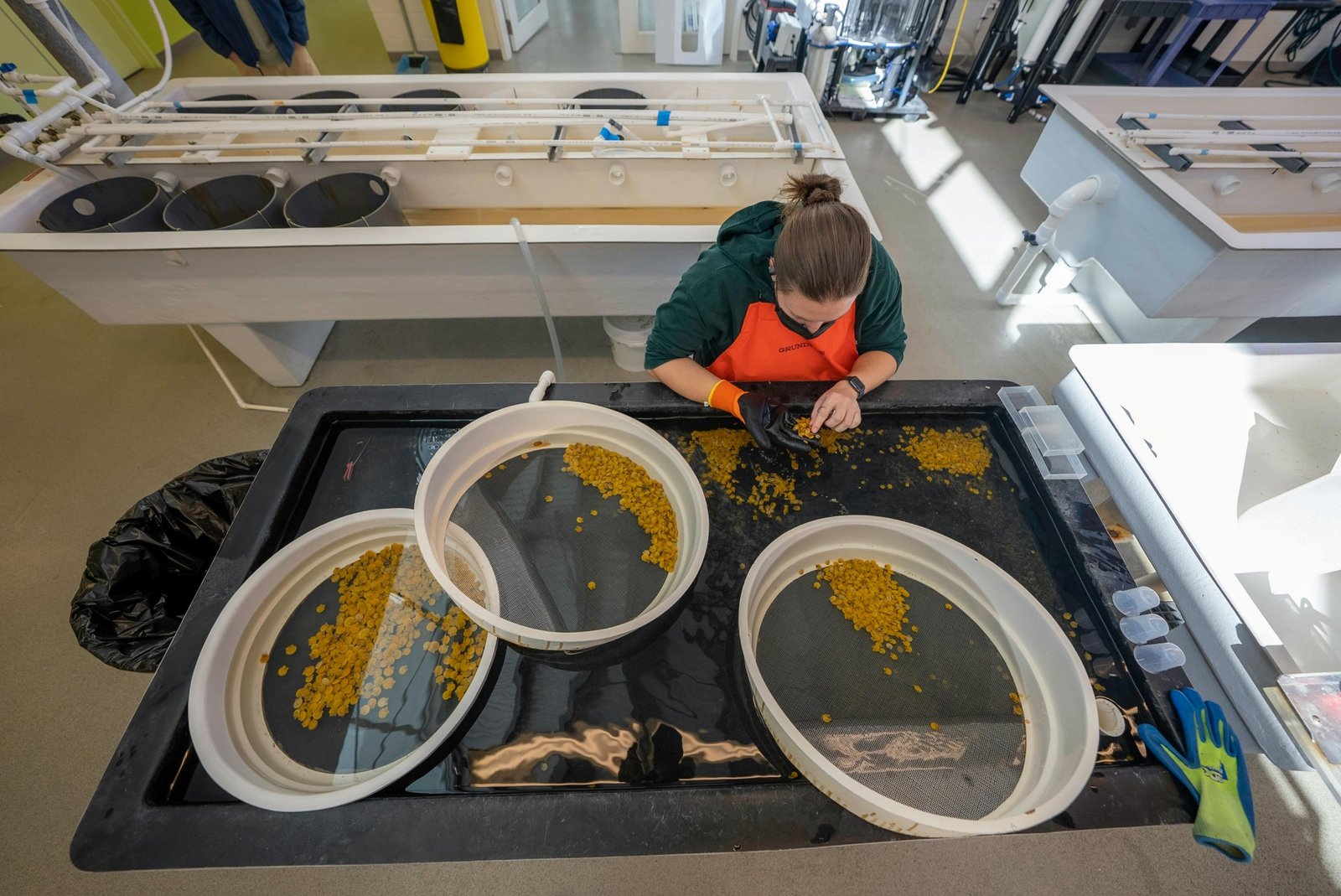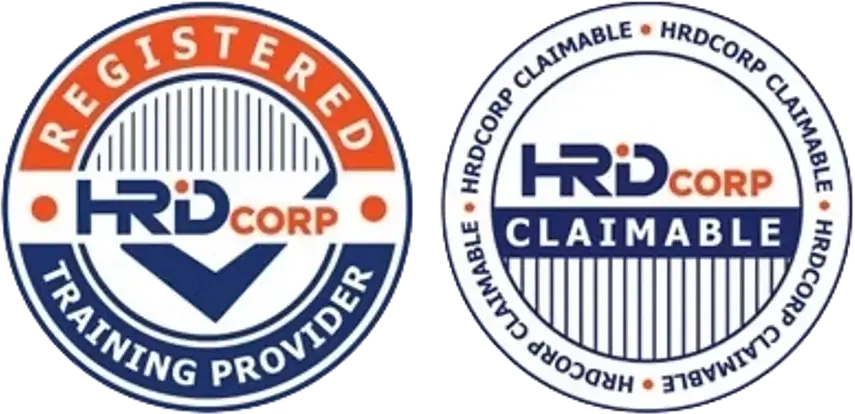How Does ISO 22000 Integrate Food Safety with Business Risk Management?
Food businesses today face two critical challenges: ensuring safe products for consumers and managing business risks that could disrupt operations. ISO 22000 addresses both by combining food safety management with a risk-based approach that strengthens business resilience.

Here’s how ISO 22000 integrates food safety with overall business risk management:
1. Risk-Based Thinking in All Processes
-
ISO 22000 requires identification of food safety hazards and business risks.
-
Encourages proactive management instead of waiting for problems.
-
Links food safety decisions to overall company risk management strategy.
2. Hazard Analysis Meets Business Impact Assessment
-
HACCP principles control biological, chemical, and physical hazards.
-
Risk assessment identifies impacts on finance, supply chain, and reputation.
-
Helps management understand how food safety gaps affect profitability.
3. PDCA (Plan-Do-Check-Act) Applied at Two Levels
-
Operational level: controls production and safety procedures.
-
Organizational level: evaluates business goals, resources, and risks.
-
Ensures continuous improvement in both food safety and business operations.
4. Strong Supplier and Outsourcing Controls
-
Requires risk evaluation of suppliers and service providers.
-
Ensures raw material risks don’t compromise finished products.
-
Reduces dependency risks in global supply chains.
5. Crisis and Emergency Preparedness
-
ISO 22000 requires plans for recalls, contamination incidents, or supply disruption.
-
Businesses can respond faster, reducing financial and reputational damage.
-
Strengthens resilience in the face of unexpected events.
6. Alignment With Business Strategy
-
Food safety objectives are integrated with company-wide KPIs.
-
Management considers both compliance and cost control in decisions.
-
Improves efficiency by linking safety actions with business growth.
7. Compliance With Regulatory and Market Requirements
-
Meets both legal obligations and retailer demands.
-
Reduces risks of fines, penalties, or rejected shipments.
-
Protects market access and builds global trade opportunities.
8. Builds Long-Term Trust and Sustainability
-
Safe products protect consumer health and brand reputation.
-
Transparent systems improve confidence from investors, buyers, and regulators.
-
Reduces long-term operational risks through continuous improvement.
Final Thoughts
ISO 22000 is more than a food safety certification — it is also a business risk management tool. By linking hazard control with organizational risk assessments, companies can protect consumers while safeguarding profits, reputation, and long-term growth.
👉 At CAYS Scientific, we help SMEs integrate ISO 22000 systems that strengthen both food safety compliance and business risk management.



